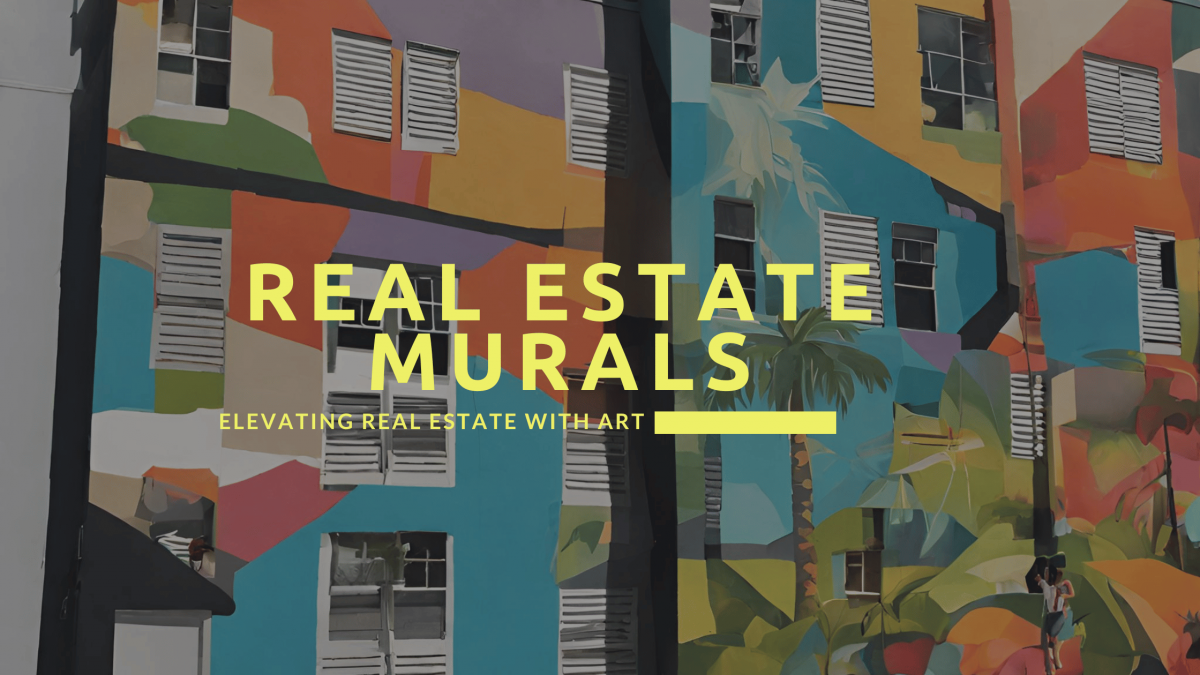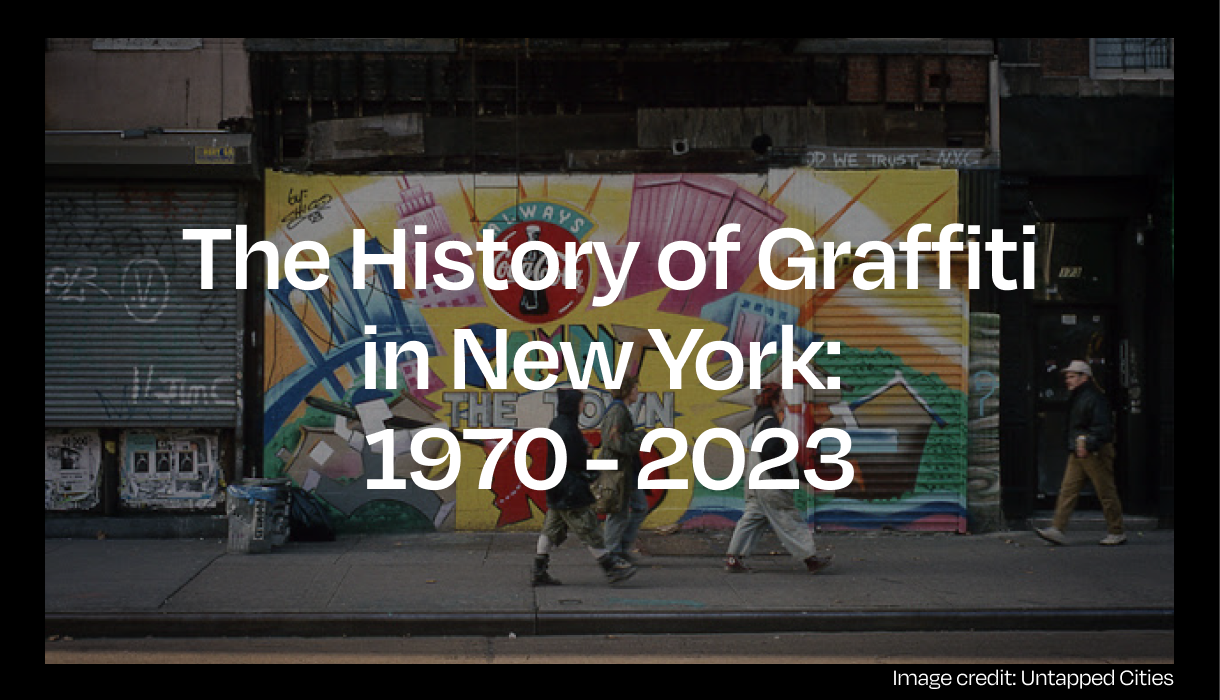
Elevating Real Estate with Art: The Magic of Real Estate Murals
Introduction
In the world of real estate, the phrase “location, location, location” has long been the mantra. But what if we told you there’s more to it than that? Enter the world of real estate murals – where art meets architecture to create spaces that are not just bricks and mortar, but vibrant canvases that tell a story. In this blog, we’ll delve into the realm of real estate art murals, exploring their types, why they are essential, and how Book An Artist can turn your space into a masterpiece.
Types of Real Estate Art Murals
Real estate art murals come in various forms, each designed to serve a unique purpose:

- Historical Murals: These murals capture the essence of a neighborhood’s history, preserving its heritage on the walls of modern developments.
- Inspiration Murals: Designed to motivate and uplift, these murals infuse positivity into living and working spaces.
- Aesthetic Enhancements: Murals can simply beautify spaces, transforming plain walls into visually captivating elements.
- Branding Murals: Real estate developers often use murals to reinforce their brand identity, making their properties stand out.
The Need for a Mural in Real Estate
Why invest in a mural for a real estate development? Here’s why:

- Differentiation: In a crowded market, a mural can set your property apart, making it memorable and attractive to buyers and tenants.
- Community Building: Murals can foster a sense of belonging among residents, creating a shared identity and pride in their neighborhood.
- Enhancing Aesthetics: Plain walls can be uninspiring; murals can transform them into captivating visual experiences.
- Marketing and Branding: Murals can serve as branding tools, reinforcing the developer’s identity and message.
The Power of Griffit for Real Estate Developers

Meet Griffit, the fictional real estate developer who understood the potential of murals. Griffit knew that art murals not only add value to his properties but also resonate with the community. By commissioning murals, Griffit created spaces that people wanted to be a part of, fostering a sense of place and identity.
Benefits of Creating a Space Like That
The advantages of integrating art murals into real estate developments are abundant:
- Increased Property Value: Aesthetic enhancements elevate property values, attracting buyers and tenants.
- Stronger Community Bonds: Murals bring residents together, fostering a sense of belonging and pride.
- Marketing and Recognition: A well-placed mural becomes a landmark, boosting the developer’s reputation.
- Positive Atmosphere: Inspirational murals create positive vibes, making spaces more inviting and enjoyable.
- Unique Selling Proposition: Murals differentiate properties, giving developers a competitive edge.
Book An Artist: Elevating Real Estate with Art
Enter Book An Artist, the bridge between real estate developers and artistic brilliance. With a network of over 1100 artists across 7 major countries, Book An Artist offers expertise in large building murals that can transform your properties into living works of art. Whether you’re aiming for historical preservation, community engagement, or brand reinforcement, they have an artist for you.

Real-World Examples
Let’s explore real-world instances where real estate murals have made a difference:
- Wynwood Walls, Miami, Florida: Wynwood Walls is a prime example of how murals have revitalized an entire neighborhood. Real estate developers recognized the potential of street art in the Wynwood Arts District and commissioned artists to create vibrant, large-scale murals on the walls of warehouses. These murals turned Wynwood into a world-renowned art destination, attracting visitors, businesses, and residents alike.
- Industry City, Brooklyn, New York: In the heart of Brooklyn, Industry City underwent a transformation with the help of murals. Real estate developers partnered with local artists to create colorful and imaginative murals throughout the complex. These murals not only enhance the aesthetics of the space but also draw in creative businesses and shoppers.
-

Wynwood Walls, Credit: architecturaldigest The Gulch, Nashville, Tennessee: Real estate developers in Nashville’s Gulch neighborhood saw the potential for murals to create a unique urban atmosphere. They commissioned renowned artists to paint large-scale murals that have become iconic in the area. These murals have contributed to the Gulch’s reputation as a trendy and desirable place to live and visit.
- La Brea Tar Pits, Los Angeles, California: The Page Museum at the La Brea Tar Pits in Los Angeles partnered with real estate developers to commission murals that celebrate the region’s prehistoric past. These murals not only educate visitors about the history of the area but also enhance the overall experience of the site, attracting families and tourists.
- RiNo Art District, Denver, Colorado: The River North (RiNo) Art District in Denver is a prime example of how real estate developers can use murals to transform an area. Murals adorn the walls of buildings, turning the district into an artistic hub that attracts businesses, residents, and art enthusiasts.
Conclusion
In the world of real estate, it’s not just about bricks and mortar; it’s about creating spaces that people want to be a part of. Real estate art murals offer a unique opportunity to elevate properties, foster community bonds, and reinforce branding. Book An Artist, with its vast network of talented muralists, is your partner in this transformative journey. Together, we can turn your real estate developments into living, breathing masterpieces that inspire, captivate, and endure. Welcome to the world of real estate murals – where art meets architecture, and where spaces become stories.
Check out top-rated local artists near you!
Are you an artist ? Sign Up












